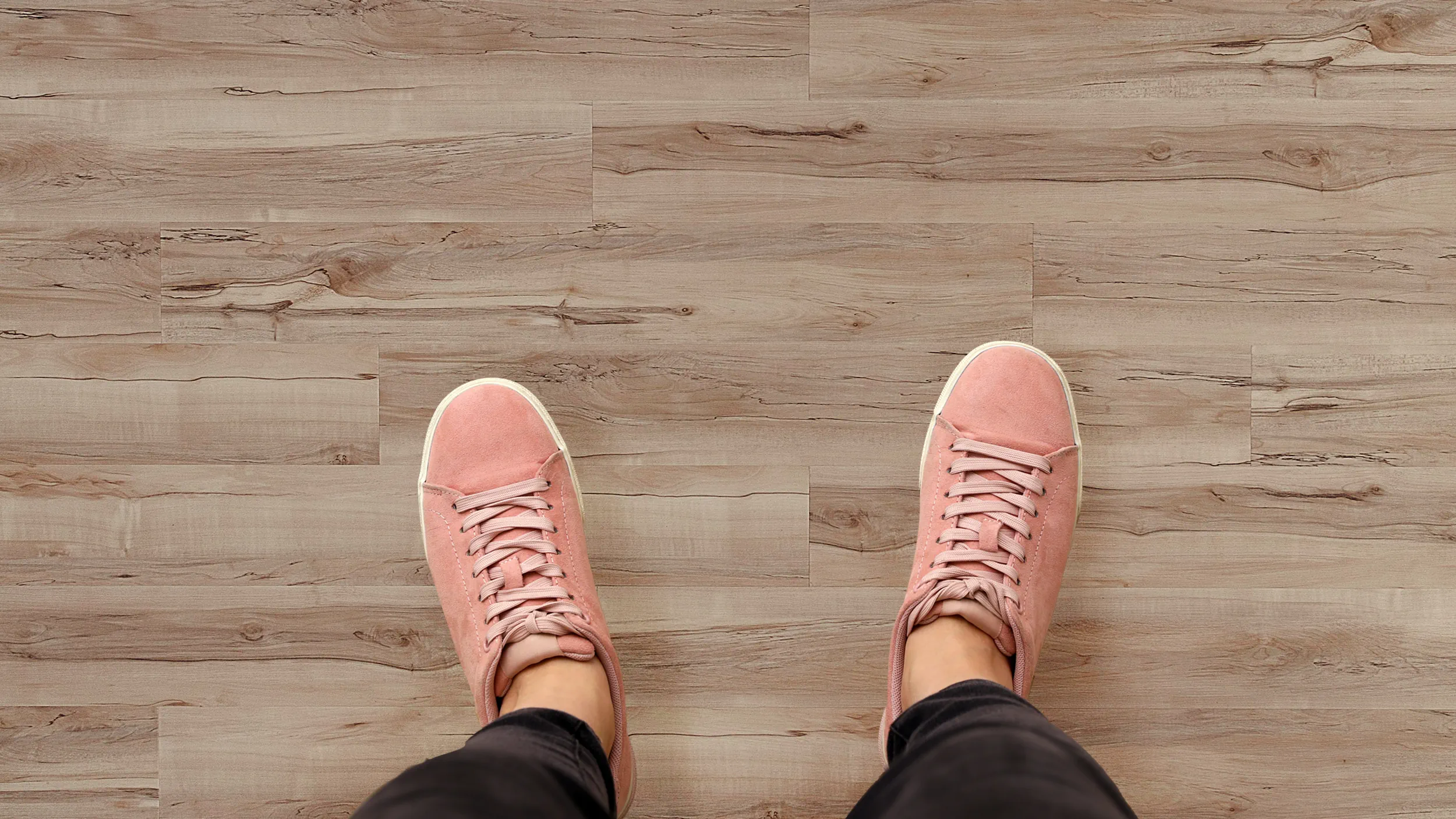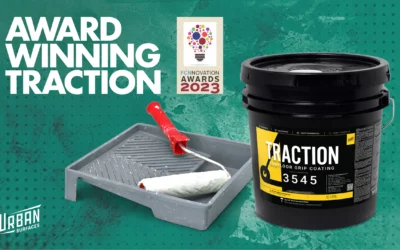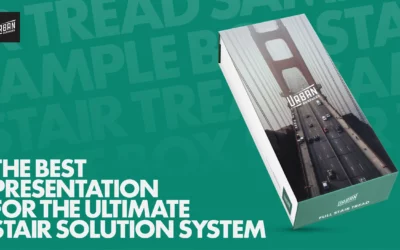Statistics show that 95% of flooring issues experienced at an investment property can be traced back to improper installation and have nothing to do with the flooring materials.
Manufacturing defects can occur, of course, but most hard surface flooring materials available today should be expected to last 10 to 20 years and still look great. Compare that to carpet, which has an expected lifespan of approximately 5 years, even when installed and maintained properly.
Luxury vinyl plank flooring is the obvious choice, but how do you ensure it lasts for a decade or two in your investment property?
Here are three pieces of the best flooring advice for all property owners, installers, real estate investors and property management teams:
- Do the moisture testing
- Do the subfloor preparation
- Use trained installers
Do The Moisture Testing
These days, waterproof flooring is the norm. That’s great, except that people often accept the term without really understanding it. The assumptions made around the word “waterproof” can really come back to bite you when you have to do costly flooring repairs in a couple years instead of a couple decades.
So what does the term waterproof mean then? In a lab, waterproof means that the material does not retain water and is not transformed by water. This makes the flooring incredibly resilient for the normal drips, splashes, and spills of a household or business.
Waterproof does not mean that the flooring is immune to every type of liquid or chemical and a concrete subfloor is where this matters most. Concrete always has some level of moisture and the moisture levels change over time under various conditions. High levels of moisture in concrete make it likely that flooring will be exposed to moisture from below during the lifetime of the floor. When that happens, it is never pure water. Moisture coming up from the subfloor contains a harsh chemical balance that damages flooring materials or the adhesives used for installation.
For this reason, there are international industry standards that require the same testing for humidity and pH before installing all types of flooring. If you are in a researching mood, look up ASTM F710, ASTM F2170 and ASTM F1869.
In practice, moisture testing is rarely done. What may appear to be a good shortcut can easily turn into an expensive education of moisture related flooring failures. You should consider moisture testing and mitigation an essential part of your due diligence for any investment property.

Do The Subfloor Preparation
The principle here is one you have likely experienced in other areas of life and investment. Doing a job well often requires a significant amount of preparation in advance. Professional painters will tell you not to be surprised when the prepping takes more time than actual painting. Flooring installation is no different. The quality of a completed floor project is primarily determined by the condition of the subfloor beneath it.
Preparation requirements vary depending on the type of subfloor and the type of flooring being installed, but there are four common elements across the board.
Level And Flatten The Subfloor
It always surprises rookie renovators that walls are not straight, rooms are not square, and floors are not flat. Even buildings constructed with great care by professional craftsmen will end up with some variation in every dimension.
Each type of flooring available has well-established industry standards providing clear tolerances for how flat and level a subfloor must be. Exceeding those tolerances will definitely cause flooring problems in the future.
Correcting an issue in the subfloor will require some time and effort, but it will always be less time and effort than the future flooring repairs that will arise.
Thoroughly Clean The Workspace
There is no way around the fact that things get dirty in the midst of a renovation project. Drywall dust is everywhere and there seems to be an endless supply of wood pieces and cardboard and styrofoam and rocks and dirt. The electrical wire droppings of the fast-moving electrician are well known and documented.
Cleaning up is a dirty job, and nobody likes to do it, but even small pieces of debris left on the subfloor can easily become big expenses down the road. Over time, those pieces of debris will compromise the materials and begin to telegraph through to the finished floor. The unsightliness and visible bumps or cracks that develop are just one part of the problem. The debris left behind puts additional stress on the flooring joints, which can cause physical damage and become a liability to you as the owner.
Bottom line, a good broom and shop vacuum can provide an excellent value for ensuring a good flooring installation that lives up to its promises of longevity.
Protect Against Moisture With A Moisture Barrier
The downfall of even the best moisture testing is that it cannot foretell the future. Unpredictable weather, changing seasons, and other environmental factors cause moisture levels to ebb and flow throughout the lifetime of a building.
So the smart move is to install a moisture barrier regardless of the current test results. You will find a few options available and none of them are particularly expensive. Adding an extra few cents per square foot in advance can protect against huge losses down the line.
Of course, this does not remove the need to address any RH or pH level issues revealed by the test results. Do not use moisture barriers as a shortcut to cover up deeper site issues.

Use Trained Installers
When you want a flooring project done right, do it yourself, if you are a professional flooring installer that has the appropriate level of training and tools required for the job.
Unfortunately, general contractors and even professional installers are not always properly trained to install flooring. It is a good idea to ask some questions to verify credentials and experience with the specific products being installed.
One clip system is not the same as all the others. Different adhesives have varying cure times and application techniques. Some primers and adhesives should never be used together. And a good amount of techniques used to speed up installation can end up compromising the integrity of the entire floor. For example, using fans to dry primer or adhesive is a common technique, yet it is such a bad idea.
Every manufacturer provides the guidelines you need to know for their products. Great suppliers like Urban Surfaces will even provide training and consultation for free or at a minimal cost. It is in everyone’s best interest to get the details right and avoid expensive repairs, claims, and legal costs.
Hard Surface Flooring Is The Smart Choice
You want your long-term investments to provide great returns and increase in value. Sometimes that requires a little extra investment upfront to reduce expenses and protect your assets in the long run. Do not put yourself in the situation where you have to redo the flooring in 4 years because of a problem that could have been avoided from the beginning.
Aim for this: Redo the flooring in 20 years because you want to, not because you have to. Redo the flooring in 20 years because you can see an opportunity to increase returns and add value by using whatever the current interior design styles will be. Set up your investment for long-term success with smart decisions at the beginning.

- A Wise Flooring Expenditure is a Vital Part of a Wise Property Investment - May 15, 2023
- What Your Networking Strategy Is Missing - December 2, 2022
- How To Make Sure Your Flooring Goes The Distance - September 29, 2022






